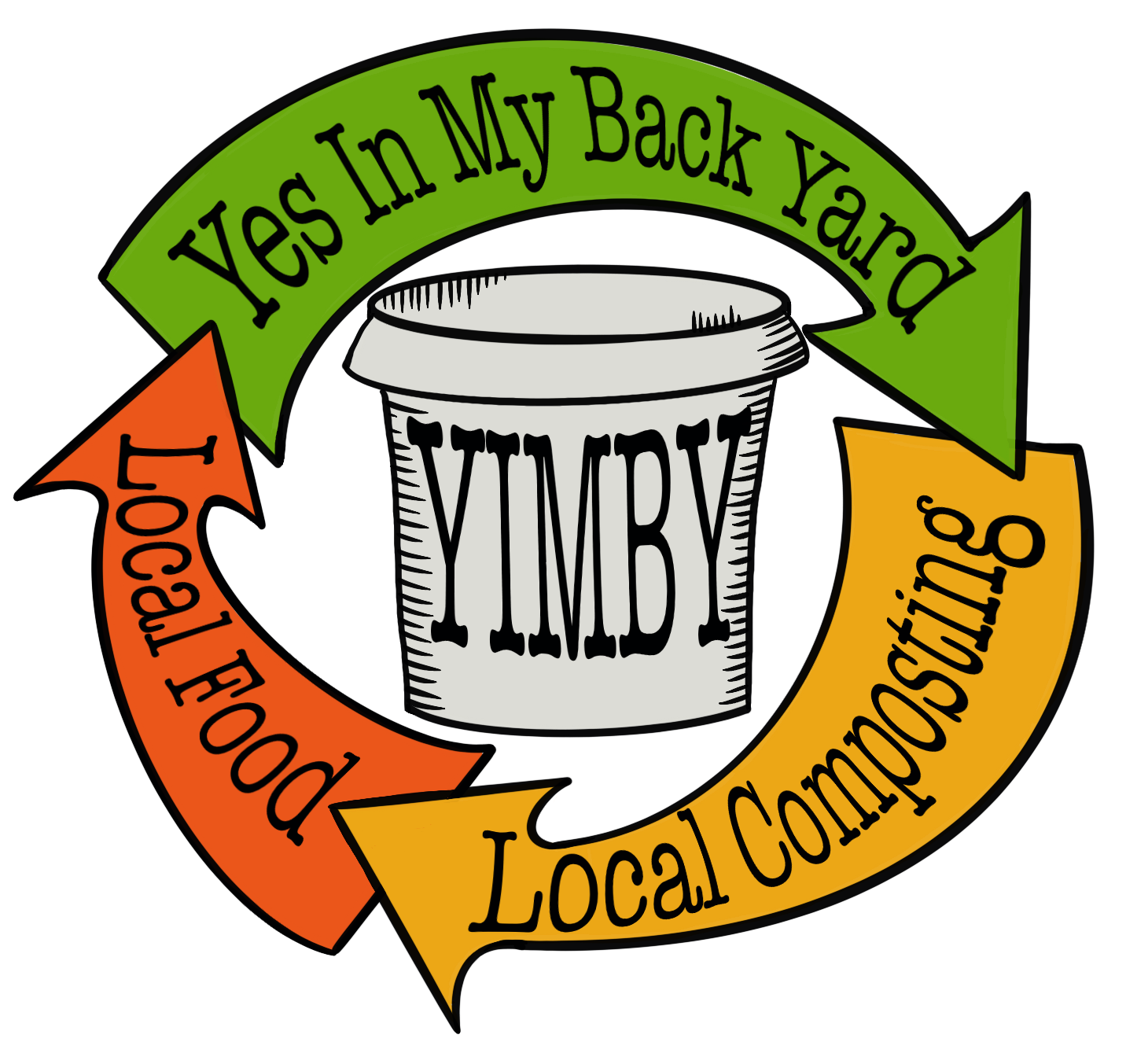microbes: Actino-what?
Have you ever dug into your compost pile and discovered, about 20 centimetres in from the edge, an ashy, white, filamentous fungi-looking thing? What is it?
For many years we humans believed it was in fact a fungi, so it was named actinomycetes,
Actino meaning ray or something that radiates, Mycetes meaning fungi. It looks like fungi, acts like fungi, so it all made sense. But then in 1939 it was discovered, shock of all shocks, it’s actually cheeky little bacteria disguising themselves as fungi!
Actinobacteria (still often mistakenly called actinomycetes) have had a remarkable impact on our health. They have given us two-thirds of all naturally derived antibiotics, along with a range of anticancer, antifungal, and immunosuppressive drugs. While there is still so much we don’t know about them, particularly their role in our soils, we know that actinobacteria are responsible for that beautiful earthy smell that comes after rain and in our mature compost piles.
Have you ever dug into your compost pile and discovered, about 20 centimetres in from the edge, an ashy, white, filamentous fungi-looking thing?
Yes, yes, that is all very interesting but what are they doing in our compost piles?
The actinobacteria in our compost pile act a lot like the fungi they are trying so hard to impersonate. Like fungi, they have the unique ability to break down the woody, carbon-rich ingredients. As such we often notice them covering the straw, wood-chips and leaves when we dig into our compost. This is a good thing.
What we also observe, however, is that the actinobacteria is never found on the well oxygenated edges of our pile but about 20cms or so in. This is because they are facultative anaerobes, meaning that they grow best in environments that have reduced oxygen. All the other beneficial organisms that we want living in our compost piles are aerobes, meaning that they need a good amount of oxygen available to them to survive and thrive.
Actinobacteria are hardcore, they work on the fringes of what any respectable oxygen-loving microbe would consider a nice place to live.
So next time we see these fungi impersonating bacteria in our compost piles we should thank them for their amazing work but also see them as a sign that our compost pile is getting low in oxygen. Maybe it is time for a turn or at least a good aeration in-place with our compost screw.
And, don’t forget to make sure there are enough ingredients that create enough space for oxygen in and between the layers in our piles.
Next week Joel will look at paper and cardboard on our compost ingredient list.
AUTHOR: MIKAELA BECKLEY
Mikaela Beckley works with Yes In My Back Yard, (YIMBY*), a community-scale composting initiative in Castlemaine and surrounds. Send questions or comments to hello@yimbycompost.com
This was first published here in Midland Express on 21 November 2023.

